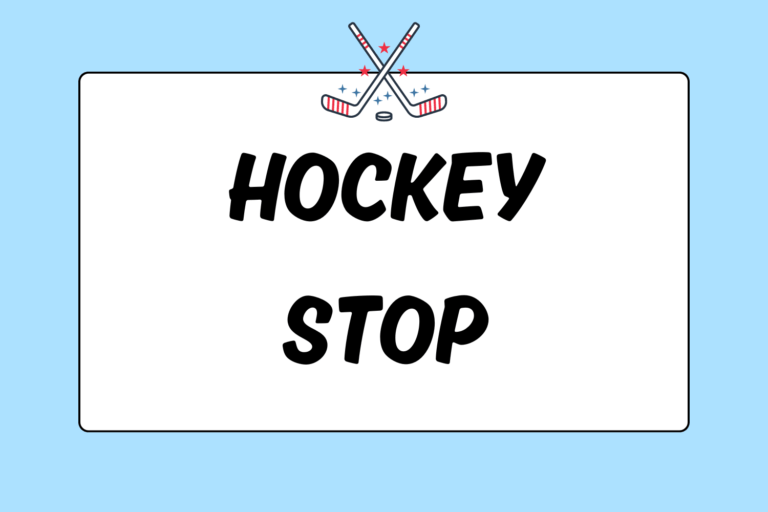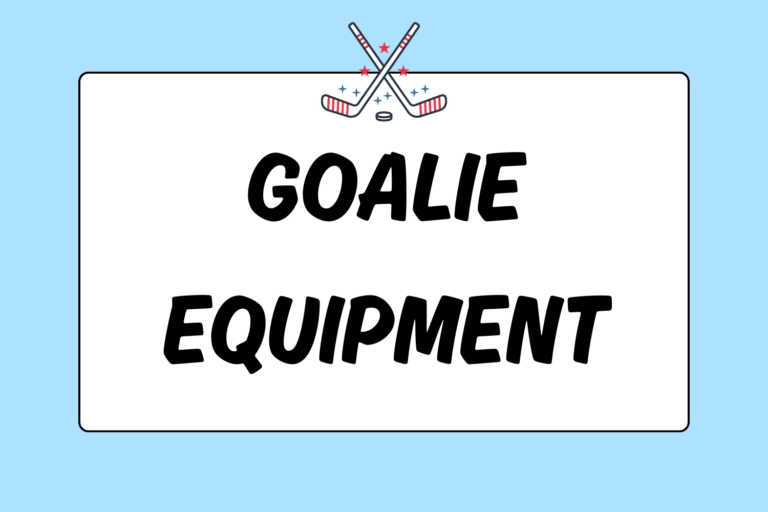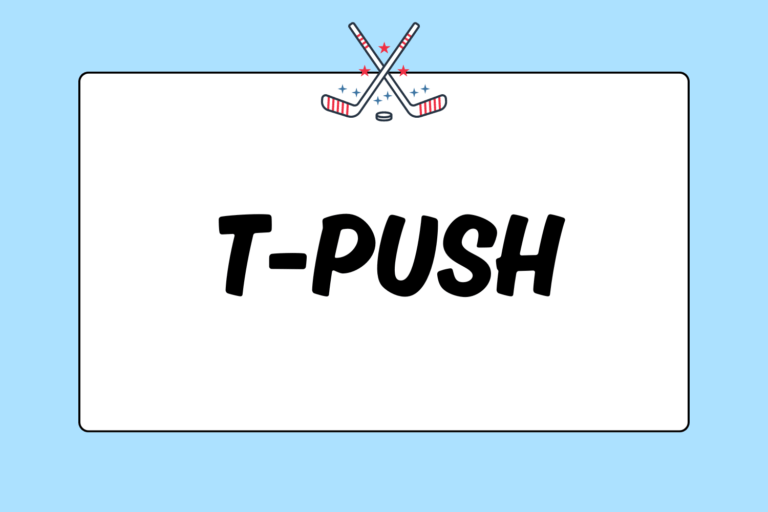Taping a stick is one of the most interesting rituals in ice hockey. Players are very particular about how their sticks are taped. As a result, the majority of hockey players (even pros) do their own tape jobs. The practice is riddled with personal preference, and even a fair amount of superstition. That’s not to say that taping a hockey stick lacks logic.
Different methods have specific advantages and disadvantages. It may seem obvious that taping a stick will increase its durability, but each method also has performance-related advantages. If you don’t know where to start when taping your stick, read through this guide to learn the most common methods, along with some tips and tricks.
Heel to Toe
The most commonly used method for taping a stick involves wrapping a single piece of cloth hockey tape around the entire blade, starting from the heel and finishing at the toe. For many years, this was considered to be the only way to tape a hockey stick. To tape your stick this way:
- Optionally, run a strip of tape down the length of bottom side of the blade. Since the bottom of the stick most frequently drags along the ice, this is the spot that wears through first. Adding a strip here will increase the life of the tape job and the blade itself.
- Wrap the tape vertically around the width of the stick blade (much like a coil). Some players start at the bottom of the shaft, while others start below the heel of the blade. This is up to you.
- After you’ve looped completely around the blade once, start to angle the tape as you wrap it around, so that you’re constantly covering exposed parts of the stick. The degree to which you choose to overlap the tape during this step is up to you. More overlap equates to more durability, but also more weight.
- Keep the tape taut as you wrap it around the stick. Avoid letting it wrinkle or bunch up.
- Continue wrapping the stick blade until you arrive at the toe. When you are ready to cut the tape, make sure that the ending piece lands on the top rim of the blade. This prevents the blade from having an uneven edge on either the forehand or backhand.
- Once all the tape is applied, it’s time to make sure it’s really stuck on there. Rub the rounded side of a hockey puck in the same direction that the tape progressed as it was being wrapped, going from heel to toe. Only rub with the grain, never against it.
The benefits of this method are simple: The ridges created by the overlapping of the tape help to grip the puck. This spins the puck more as it rolls off the forehand. All of this means more control, improved accuracy on wrist shots, and a better “feel” for the puck while stick handling.
Hot Tip:
Buy Quality Tape Hockey tape is generally inexpensive. There’s very little difference in the price of the cheapest tape and the most expensive. When you’re buying tape, spend a few extra bucks to get the higher quality tape, which will be sturdier and have a better adhesive. This means that your tape jobs, and your sticks themselves, will last longer.
Toe to Heel
In recent years, taping a stick from the heel to the toe was widely considered to be the way. Modern studies have shown, however, that while a spinning puck may be more accurate as it leaves the blade, it will also move slower. By taping a hockey stick from heel to toe, a player should notice a slight boost in the speed of his passes, and perhaps more importantly, his shots.
The method for taping a hockey stick from toe to heel is merely the mirror opposite of taping a stick from heel to toe. See the instructions above, but start taping at the toe.
Blade Face
There’s another option: Occasionally, players will not wrap a stick blade entirely in tape. The alternative is to lay long, lateral strips of tape across the forehand and backhand faces of the blade. Taping only the blade’s face is most prevalent among players on teams that supply equipment, as this method drastically decreases the life of the stick. To tape your stick this way:
- Start by spraying down the entire blade surface, front and back, with an adhesive. This will ensure that the small amount of tape you use won’t fall off.
- Starting at the heel of the forehand side of the blade, run a strip of tape along the lowest part of the blade.
- When you get to it, wrap the tape around the toe of the blade and down the backhand side.
- Repeat the process, placing new strips of tape slightly higher than the last. Overlap should be present, but minimal.
- There will likely be excess flaps of tape at the corners of the blade’s toe (especially if you have a rounded toe instead of a square one). Simply cut these off with a pair of scissors.
- Rub the tape down with a hockey puck, making sure that it’s firmly stuck to the blade.
The main benefit of this method of taping your stick is that there is less drag on the bottom. This is because there is no tape across the part of the blade that comes into contact with the ice. This leads to benefits in stickhandling, shooting, and passing. The downside to this method is a dramatic downswing in durability. Since the part of the stick that contacts the ice is exposed, water damage is more of a concern. Taping only the blade face is most recommended for players who get sticks provided for them, or have plenty of money to spend on new sticks.
Wax
Waxing your stick’s blade has numerous benefits. The first, and perhaps most drastic, is that the wax waterproofs the blade. This protects the stick from getting waterlogged and thus more fragile. The wax also serves as an added cushion, and may help you accept hard passes. Some companies even claim that their wax increases shot speed! The final potential benefit of wax is that it makes the tape have even more “grip,�? which can help with stickhandling.
When selecting a wax, softer is often better. There are plenty of waxes made specifically for hockey sticks, but they are often overpriced. Many hockey players use surfboard wax, which is often a fraction of the cost of hockey wax. Whatever you choose, the process of applying the wax is simple:
- Rub the wax completely over the taped area of the blade, always going with the grain of your tape job.
- Take a puck and rub down the wax with the rounded edge. Smooth over any clumps and generally even things out.
Stick it to ‘Em
When your tape becomes frayed or nicked, strip all of the old tape off before re-taping it. Some players re-tape their sticks before every game. Others go weeks, even months without re-taping. Like with everything else in this guide, go with what makes you comfortable.
There is no wrong way to tape a stick. Essentially, whichever method you prefer is the right way. Feel free to make any tweaks or adjustments you like. Heck, you can even develop your own stick taping superstition! But you should try every method at least once. Find the method you like the most and master the art of taping.





